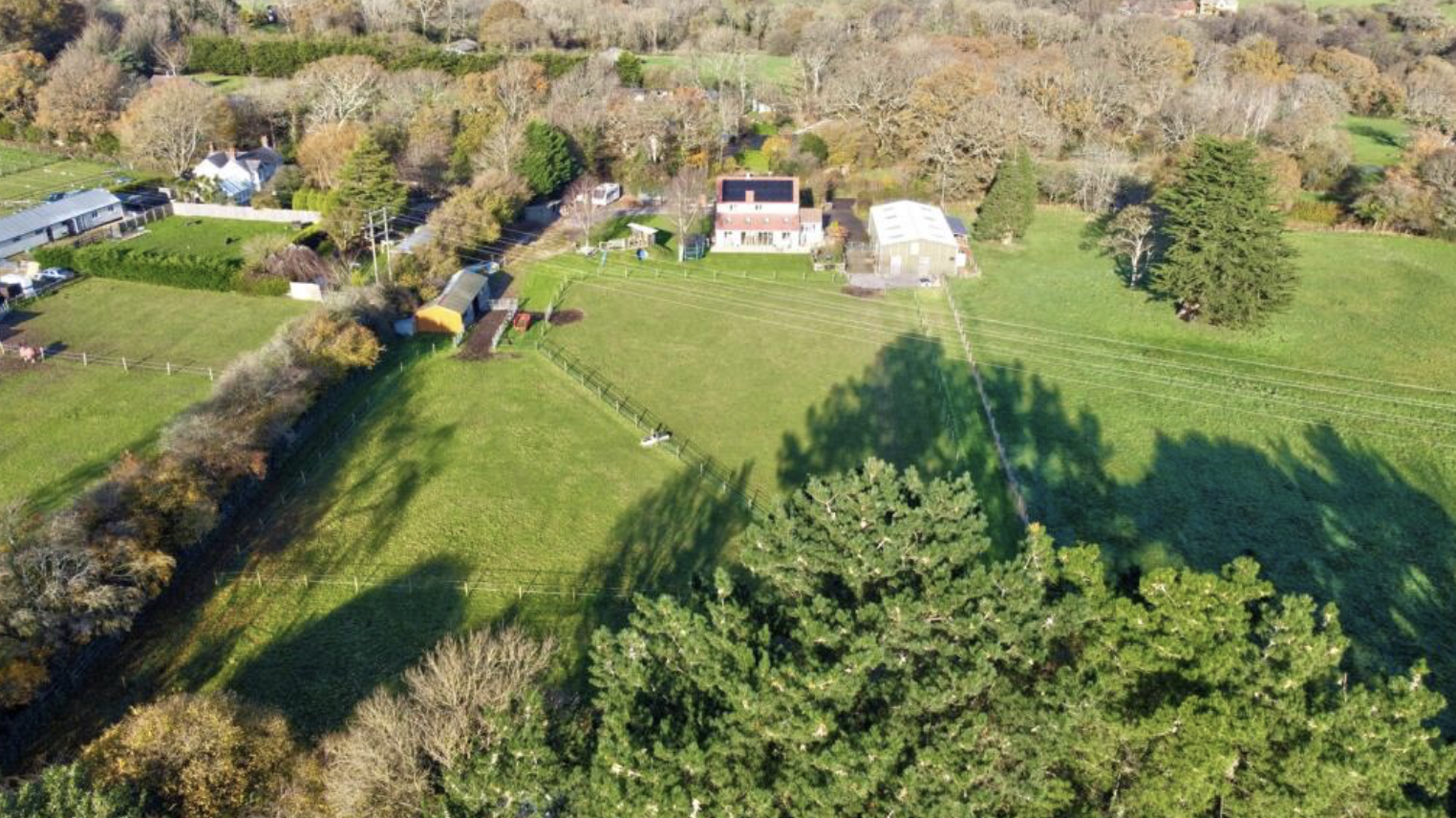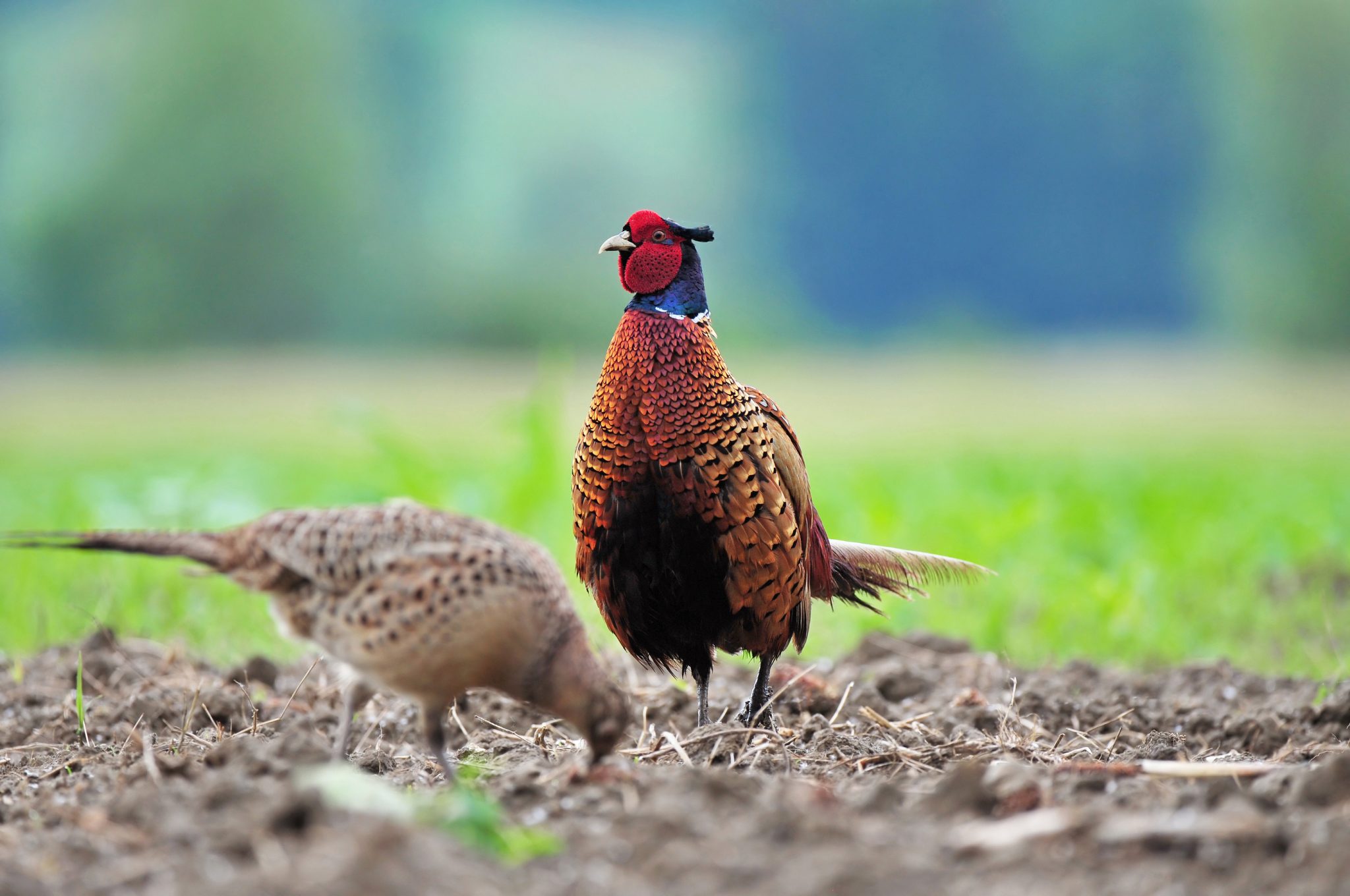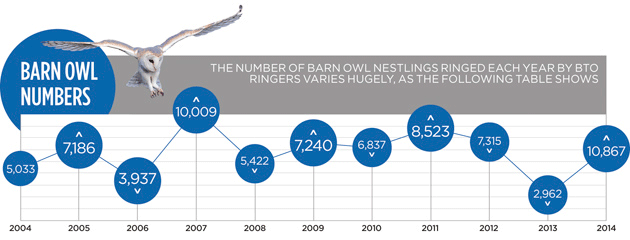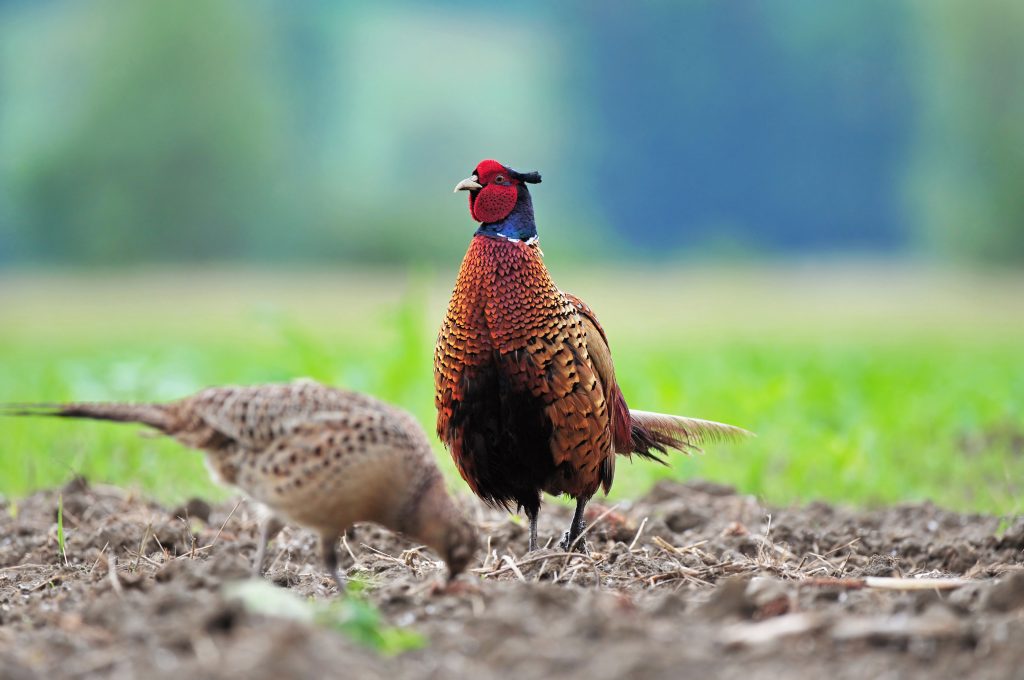Win CENS ProFlex DX5 earplugs worth £1,149 – enter here
Britain’s barn owl boom
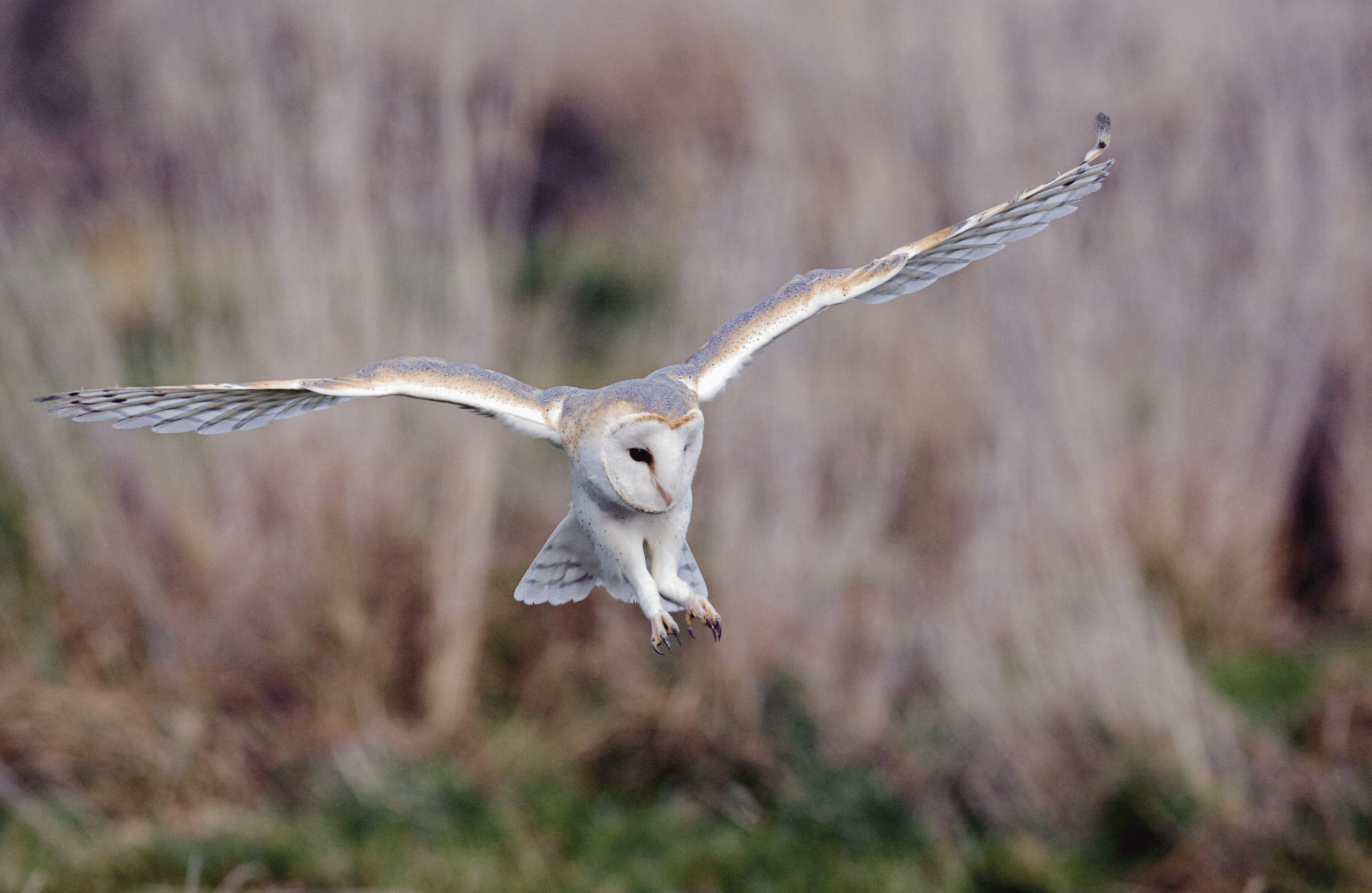
Barn owls are impressive birds, with the ability to use their ears to locate mice and voles precisely in total darkness. Fortunately, they also feed in daylight, thereby providing some memorable sights for anyone who lives in the countryside. I well recall my own magic moment: while I was counting birds for the British Trust for Ornithology (BTO), a barn owl circled around me, just 6ft away and only 4ft off the ground, before continuing to quarter the long grass.
Bouncing back
After a couple of bad years, barn owls had a great breeding season in 2014, with many raising big first broods and a third of pairs, or more, nesting a second time. This flexible response to high numbers of both voles and mice enabled pairs of birds to produce as many as 10 youngsters in an extended breeding season, which started as early as February and kept going well into October. Though wet autumn weather led to some late brood losses, most barn owl enthusiasts will look back on the year with satisfaction, especially as the boom of 2014 contrasts so starkly with the bust of 2013.
Prey availability determines how good — or bad — a year barn owls will have. The long, cold, snowy winter of 2012-13 had a dramatic effect on the owl population, with three times as many reports of dead birds in late March 2013 as is normal, and with a slow or non-existent start to breeding. Cold conditions directly and indirectly affect numbers, because birds need more energy simply to survive, and a snowy blanket hides the mammal prey upon which the females depend when trying to get into good condition to lay eggs.
Colin Shawyer of the Barn Owl Conservation Network estimates that as few as one-third of pairs even attempted to breed in 2013. The number of chicks ringed by BTO volunteers was only 2,962, the lowest total for many years and well below the annual average, which is more than 7,000. Coming so soon after two other cold winters, it is not surprising that barn owl sightings in the winter of 2013-14 were half the number that people had come to expect. As the year turned, however, barn owls’ fortunes were about to change. The weather of early 2014 was mild, vole numbers were high and barn owls soon started to take full advantage of favourable hunting conditions.
A story from Powys provides an excellent example of how, given the right circumstances, barn owls can bounce back. Volunteer ringers came across the same female barn owl sitting on clutches of eggs in two different boxes, three miles apart, on 12 June and 21 July. By following the two nesting attempts, they were able to confirm that the deserted male successfully raised four youngsters from the first brood and that five birds fledged from the second brood. In her first breeding season, this one young female made a big difference to the local barn owl population.
As the breeding season progresses, barn owl productivity changes to match the supply of food. Females lay as many eggs as they can in each brood, and the number of chicks is then regulated by supplies of mice and voles. Brooding starts before the clutch is complete, so chicks hatch sequentially, typically a couple of days apart. If there are too few items of prey, young chicks are unable to compete for food with their older siblings. As the situation gets tougher, weaker owlets provide meals for their brothers and sisters, which consume them either dead or alive, as has been seen by millions on the BBC’s Springwatch. Fledging takes about seven or eight weeks, and youngsters become independent after another month. If the first brood is early and vole numbers are high, some pairs will lay a second clutch of eggs — as happened frequently in 2014.
Conservation efforts
Many farmers and other country landowners have worked hard to conserve the barn owl, providing nesting boxes and thinking about the way in which they manage rough grassland in order to provide homes for small mammals. For some, recent conservation efforts have been unrewarded, simply because few birds have been looking for nesting sites. Adult barn owls don’t move about much at all, so “developers” who are keen to see their new homes occupied rely on “first-time buyers” — youngsters looking for roosting and nesting sites a month or so after leaving their parents.
Following the great breeding season of 2014, many previously unoccupied boxes should have new tenants. Look out for adults sitting at the entrance as the sun sets, for the telltale streaks of white droppings and for regurgitated pellets below the box. Barn owls are easily disturbed, so access to boxes is restricted to licensed people who have had special training.
The weather over the next couple of months will determine what happens to barn owls in 2015. Vole numbers tend to go in cycles, so there is unlikely to be as much food around this year as there was in 2014, but weather is the key factor. We know that snowy conditions have an almost immediate effect on the number of dead barn owls that are reported to the BTO’s headquarters in Thetford, Norfolk. In an average winter, staff hear of about 30 dead ringed birds, but the total for one cold month, such as December 2010, can be as high as 100. The direct cause of death is often a collision with a car, lorry or train, birds presumably having been attracted to these dangerous places by reduced snow cover. The length of the winter and the severity of conditions will determine how many barn owls survive to breed this year.
Related Articles
Get the latest news delivered direct to your door
Subscribe to Shooting Times & Country
Discover the ultimate companion for field sports enthusiasts with Shooting Times & Country Magazine, the UK’s leading weekly publication that has been at the forefront of shooting culture since 1882. Subscribers gain access to expert tips, comprehensive gear reviews, seasonal advice and a vibrant community of like-minded shooters.
Save on shop price when you subscribe with weekly issues featuring in-depth articles on gundog training, exclusive member offers and access to the digital back issue library. A Shooting Times & Country subscription is more than a magazine, don’t just read about the countryside; immerse yourself in its most authoritative and engaging publication.



